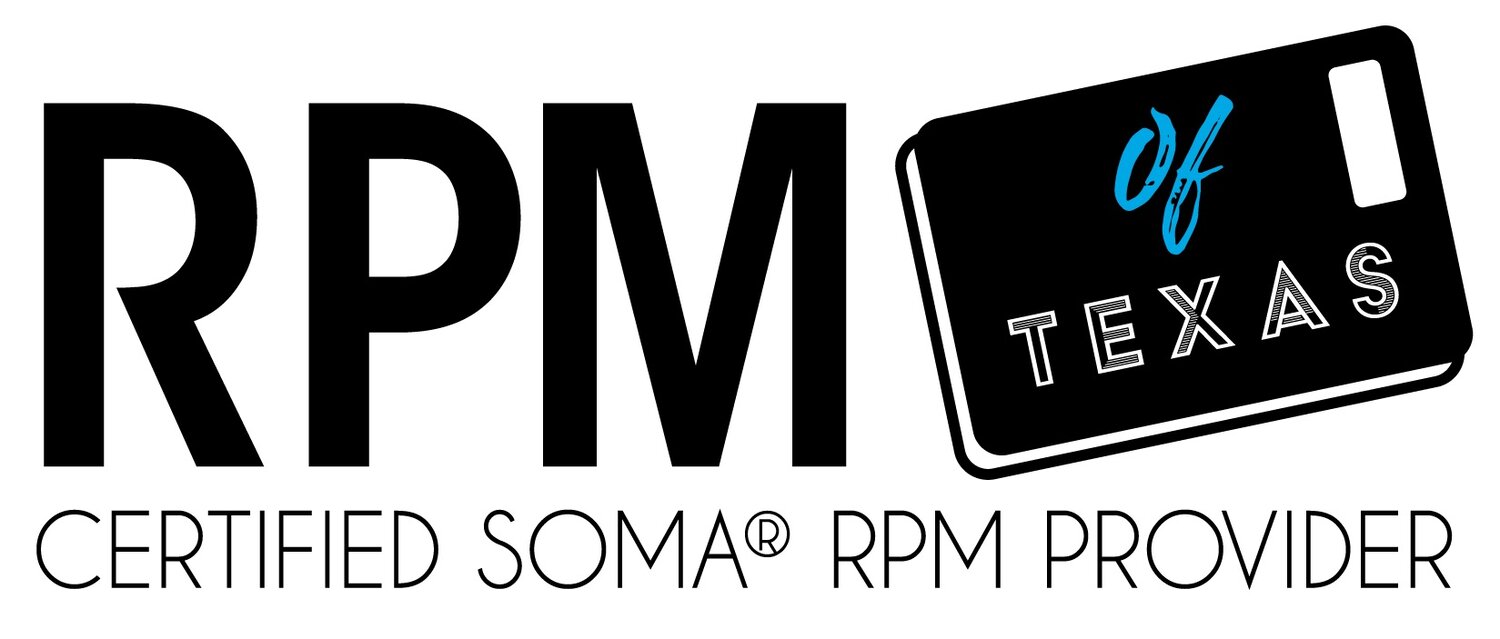Starting RPM (part 1)
Starting RPM can often be challenging for a new parent or professional. “Where do I start? What do I teach? How do I teach?” are all questions I hear from parents and professionals beginning RPM with their child or student. When it comes down to actually presenting a lesson, there can be a lot to consider, but it’s important to remember to keep it simple. Don’t overthink it, and don’t try to perfect! You will make mistakes along the way, but in my experience making mistakes is the quickest way to learn. As long as you take some time to prepare, you and your child are going to do just fine.
Pre-lesson Preparation
Before you even begin to write an RPM lesson, there are some important things you can do in your everyday life to help you get started. First, start speaking to your child in an age appropriate way. Talk to your child the same way you would talk to another typical child their age. If your child is a teenager, talk to them like they’re a teenager. If they’re an adult, speak to them accordingly. Respect their age and eliminate the use of baby talk.
Secondly, presume competence. It seems that many parents and professionals use baby talk to speak to people with autism because they believe they don’t quite understand what is being said to them, that they have the mind of a child. It’s important to remember that people with autism DO understand what you’re saying to them and what’s being said around them. Recognize that they can understand what you are saying, even if they don’t give typical indications that they do. Presuming competence, or believing in their intelligence, can only be beneficial to the student and their self esteem.
Language your day. Talk to your child about what is happening throughout the day. Describe what you’re seeing when you go for a walk. Tell them stories about your childhood while you’re in the car. Tell them about something interesting you heard in the news. Expose them to as much language as possible.
Lastly, read more age appropriate books with your child. Depending on their age, start exposing them to chapter books. You may start out small with just five minutes at a time, but it’s a good start! Audiobooks are also a great alternative because they can be taken anywhere: in the car, in their room, on vacation, etc. Stories are rich in language and inspire creativity.
These are just a few tips to start using RPM principles in your daily life before you start traditional lessons. In part 2 of “Starting RPM” I’ll discuss how parents and caregivers can get started with lessons at home.
